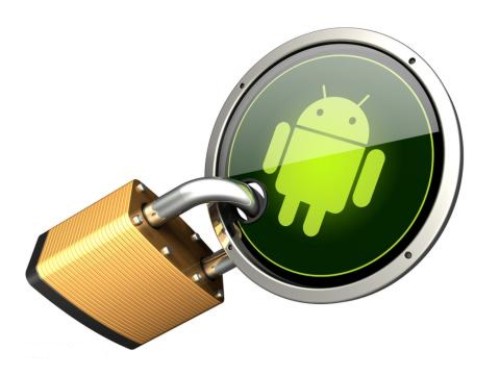Each day online people learn, laugh and explore the world. But there is an ever-present threat online to users security with data breaches happening far too regularly.
Yesterday, Safer Internet Day was a moment to pause and reflect on those areas of online life.
Social Media
Social media is there whether you like it or not…
Twitter, Facebook, Instagram, Tik Tok, Snapchat, Tumblr, LinkedIn and Pinterest head the lists. That’s before you get to some of the other communication media like WhatsApp, Telegram and Reddit – what a rabbit hole that is!
Social media can be used for good, communicating with large numbers of people instantly but it can also be used for evil. The reality is with encrypted messaging of all sorts available in the current electronic era that it’s also a platform used for bullying and harassment.
Protecting your data
The threat of data loss and accounts being compromised is always in your face online. There are viruses galore, ransomware and phishing as pathways to cause inconvenience, financial loss and data loss.
There are a number of ways to protect your data, starting with the obvious – Good password practices, including the use of a password manager and Internet Security software. Both have their place in protecting you:
- Good password practices – When a site or system you’re a member on is compromised, no other accounts or systems are immediately at risk
- Internet Security Software, including use of a VPN – While it can be resource hungry, scans email and Internet activity to warn you of potential threats
Norton, one of the better-known Internet Security providers have released a report for Safer Internet Day that highlights some alarming statistics
New data from Norton LifeLock has revealed almost half (44%) of Australians would risk their ‘personal data being compromised by connecting to public Wi-Fi if it was more convenient than finding a secured connection’. The number is even higher among younger generations (56%).
Their kids safety article has a lot more information that is pertinent to parents of young kids. For me, it’s worrying and at times has me a little on edge. While I trust my kids to do the right things, I don’t trust many of the people out there. I’m not alone either, according to eSafety, 54% of parents don’t feel confident in dealing with online threats.
So I often look for ways to introduce them safely to the online world.
LEGO Life is a social network for kids and has been designed with safety in mind and addresses all relevant safety risks. It bridges physical and digital play, innovating on the best of today’s social network features, and safeguarding them for kids.
The LEGO Group is dedicated to making LEGO Life safe:
– To fully enjoy the app, kids need a parent or guardian’s permission to create a LEGO Account.
– Kids use a LEGO created Nickname when commenting or liking content.
– All user comments are moderated.
– Direct chatting is not allowed
– Images revealing personally identifiable information are rejected.
An adult with a credit card – no charges apply to your card, it’s for verification only – is needed for an account to be created. Having spent a little time on the app with my youngest child, I’ve found it to be a creative challenge for her as well as a useful resource for collating the lego booklets my little people have amassed.
Regardless of how good apps are, systems put in place to look after users and the software protection you can use – there is no substitute for safe online practices, educating not just your kids but yourself as well to the threats online and supervising your children when they’re online. Good Internet Security software will protect you from some threats, but it’s far from a perfect solution.





